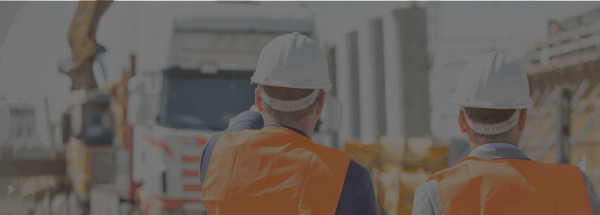
At the ENR FutureTech conference in San Francisco a couple of weeks ago, one thing struck me as a repeated theme across many of the construction companies presenting: the lack of connectivity between the physical and digital worlds. BIM, digital drawings and plans all force construction into the digital workplace, but connectivity on job sites can be notoriously poor.
In order to use these digital technologies workers are trudging 10-15 miles a day, a lot of it spent going to and from the job site trailer where connectivity tends to be maintained. I was talking to a customer on Friday, who not only confirmed what had been said at the conference, but added that on some of their more remote job sites, they have people not just walking to the job site trailer, but driving trucks 5 to 10 miles down the road just to find a cell signal to be able to access the latest version of their plans.
Many construction companies are exploring mesh networks and other ways of extending the digital world across job sites to reduce the limitations imposed by lack of connectivity and most importantly to improve productivity. Military technologies have moved into the commercial sphere allowing you to create networks using multiple nodes around a job site. Companies are exploring the possibilities of turning trucks and construction equipment itself into digital hubs with network connectivity.
When it comes to software it’s all too easy to forget the physical. We’ve been working with rental and construction companies for years but until the advent of smartphones and tablets pushing the digital world into the very physical worlds of yards and job sites was impossible. Most transactions were done by back office administrators keying in data from physical paperwork. Now, we make assumptions about connectivity which impacts the effectiveness of our solutions.
Since its almost impossible to be without a signal in a busy city, where let’s face it most of us work, we forget that job sites for the oil & gas, wind & solar industries are likely to be quite literally in the middle of nowhere. These are not places with guaranteed cell phone signals, and if you lucky enough to get a signal it’s just as likely to have minimal data.
It’s not just about connectivity either. We’ve been working on mobile recently for job sites and for customers. The user interface (UI) for mobile apps is extremely important, and as developers, we want to make that interface look good. We want it to look elegant and smart and “clean”. Yet, the app that looks fantastic in a nice office with controlled lighting may not be suitable for use in an outdoor environment with heavy sunlight or dust. Show a “beautiful” app to a construction foreman and they are just as likely to ask for bold text and maximized contrast so that it’s easier to use in the field.
Software companies and IT departments need to think harder about how solutions work in the physical world. Technology gives us the opportunity to be set free from back office admin, but only if the people in the physical world can access it and use it effectively.
Helen Sowerby, Director of Business Development.




